- Have any questions?
- +86-189 8930 5995
- sales@mosinterchem.com.cn
Acrylamide CAS 79-06-1

Camphor CAS 76-22-2
18/12/2018
Glucono Delta Lactone CAS 90-80-2
18/12/2018| Model: | MOS 79-06-1 |
| Brand Name: | MOSINTER |
| CAS No.: | 79-06-1 |
| Melting Point: | 82-86 °C(lit.) |
| Boiling point: | 125 °C25 mm Hg(lit.) |
| Density: | 1,322 g/cm3 |
| Vapor density: | 2.45 (vs air) |
| Vapour pressure: | 0.03 mm Hg ( 40 °C) |
| Refractive index: | 1.460 |
| Flashing point: | 138 °C |
| Storage condition: | 2-8°C |
| Solubility: | H2O: 50 mg/mL at 20 °C, clear, colorless |
| Form: | Powder |
Acrylamide (CAS: 79-06-1)
| Item | Index |
| Appearance | White crystal |
| Content (%) | ≥98 |
| Moisture (%) | ≤1 |
| Fe (ppm) | ≤1 |
| Cu (ppm) | 0 |
| Color (Hazen)
20% Solution |
≤20 |
| Inhibitor(ppm) | ≤10 |
| Conductivity, (us/cm) | ≤20 |
| PH (PH Meter) | 6-7 |
Acrylamide (or acrylic amide) is a chemical compound with the chemical
formula C3H5NO. Its IUPAC name is prop-2-enamide. It is a white odourlesscrystalline
solid, soluble in water, ethanol, ether, and chloroform. Acrylamide decomposes in the
presence of acids, bases, oxidizing agents, iron, and iron salts. It decomposes non-thermally
to form ammonia, and thermal decomposition produces carbon monoxide, carbon dioxide,
and oxides of nitrogen.
Acrylamide is prepared on an industrial scale by the hydrolysis of acrylonitrile by
nitrile hydratase.
Most acrylamide is used to synthesize polyacrylamides, which find many uses as water-soluble
thickeners. These include use in wastewater treatment, gel electrophoresis (SDS-PAGE),
papermaking, ore processing, tertiary oil recovery, and the manufacture of permanent press
fabrics. Some acrylamide is used in the manufacture of dyes and the manufacture of other monomers.
The discovery of acrylamide in some cooked starchy foods in 2002 prompted concerns about
the carcinogenicity of those foods. As of 2014 acrylamide is still in debate for its carcinogenicity
links in humans.
Uses
Molecular biology laboratories
Polyacrylamide was first used in a laboratory setting in the early 1950s. In 1959, the groups of Davis
and Ornstein and of Raymond and Weintraub independently published on the use of polyacrylamide
gel electrophoresis to separate charged molecules. The technique is widely accepted today, and remains
a common protocol in molecular biology labs.
Acrylamide has many other uses in molecular biology laboratories, including the use of linear polyacrylamide
(LPA) as a carrier, which aids in the precipitation of small amounts of DNA. Many laboratory supply
companies sell LPA for this use.
Other uses
The majority of acrylamide is used to manufacture various polymers. In the 1970s and 1980s, the
proportionately largest use of these polymers was in water treatment. Additional uses include as binding,
thickening or flocculating agents in grout, cement, sewage/wastewater treatment, pesticide formulations,
cosmetics, sugar manufacturing, soil erosion prevention, ore processing, food packaging, and plastic
products. Polyacrylamide is also used in some potting soil.
Toxicity and carcinogenicity
Some evidence suggests exposure to large doses can cause damage to the male reproductive glands.
Acrylamide is considered a potential occupational carcinogen byU.S.government agencies. The
Occupational Safety and Health Administration and theNational Institute for Occupational Safety
and Health have set dermal occupational exposure limits at 0.03 mg/m3 over an eight-hour workday.
You must be logged in to post a review.

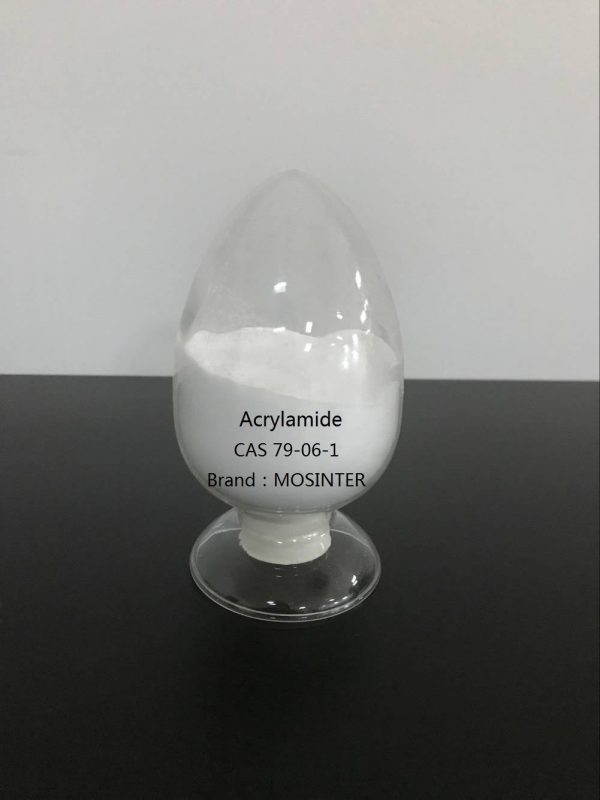
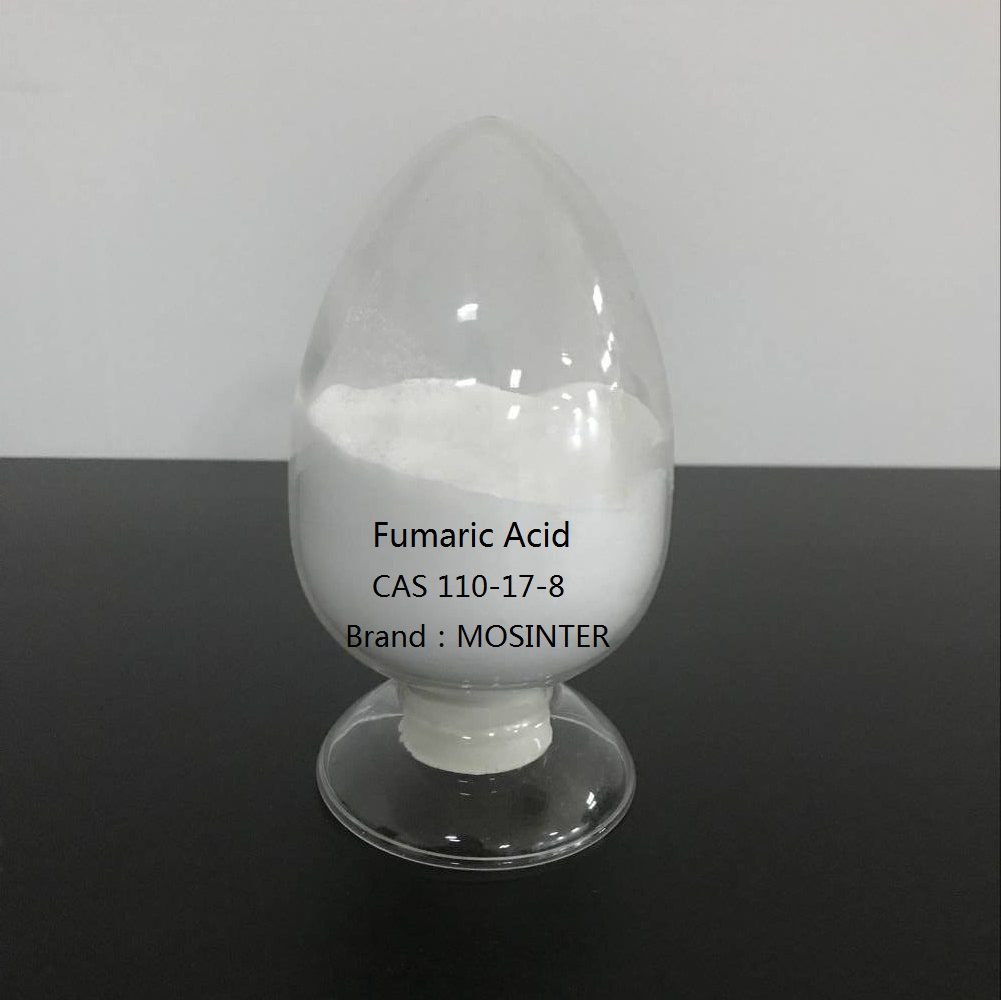
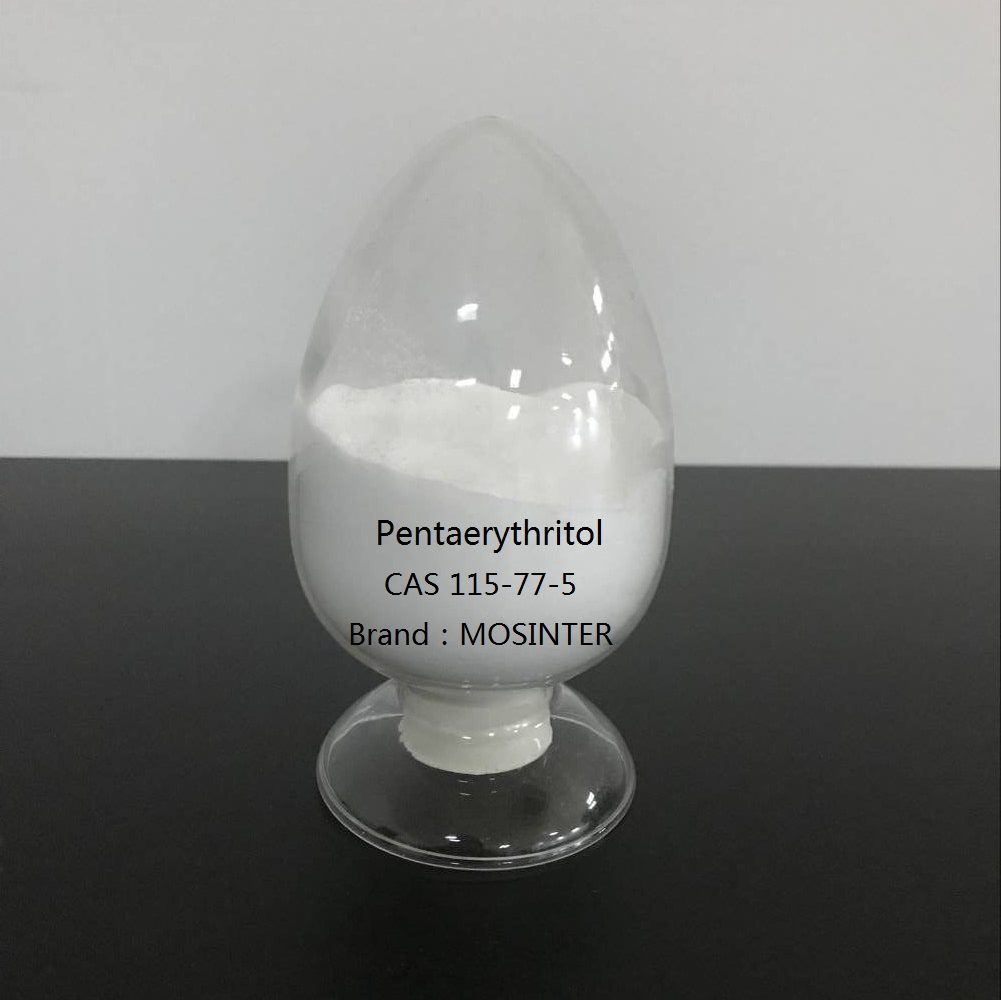
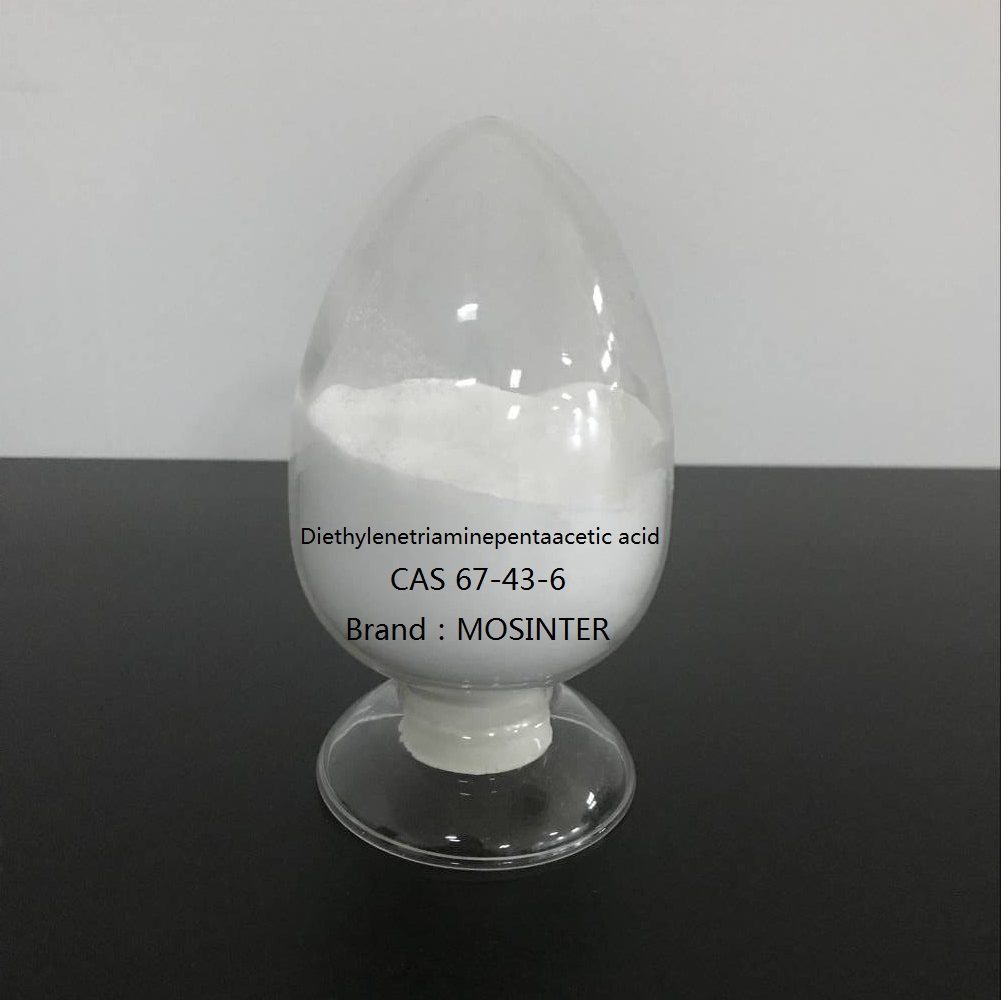
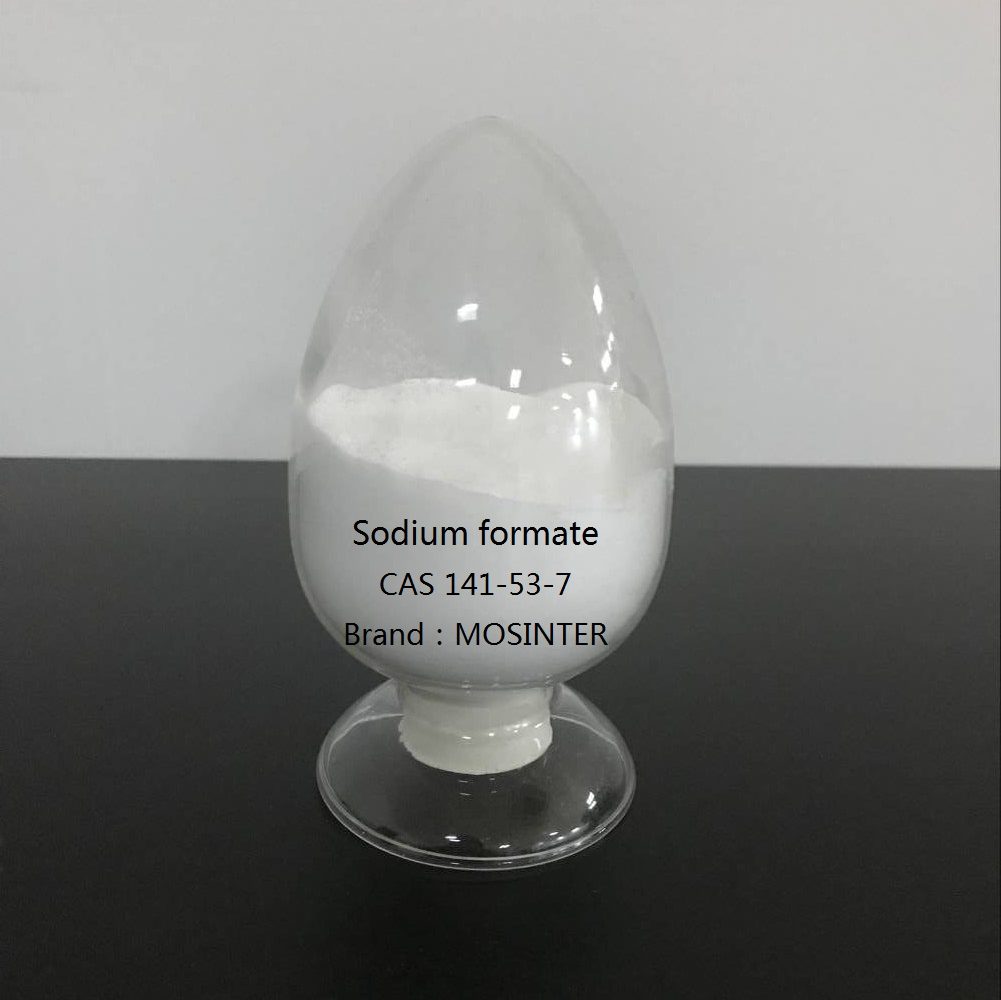
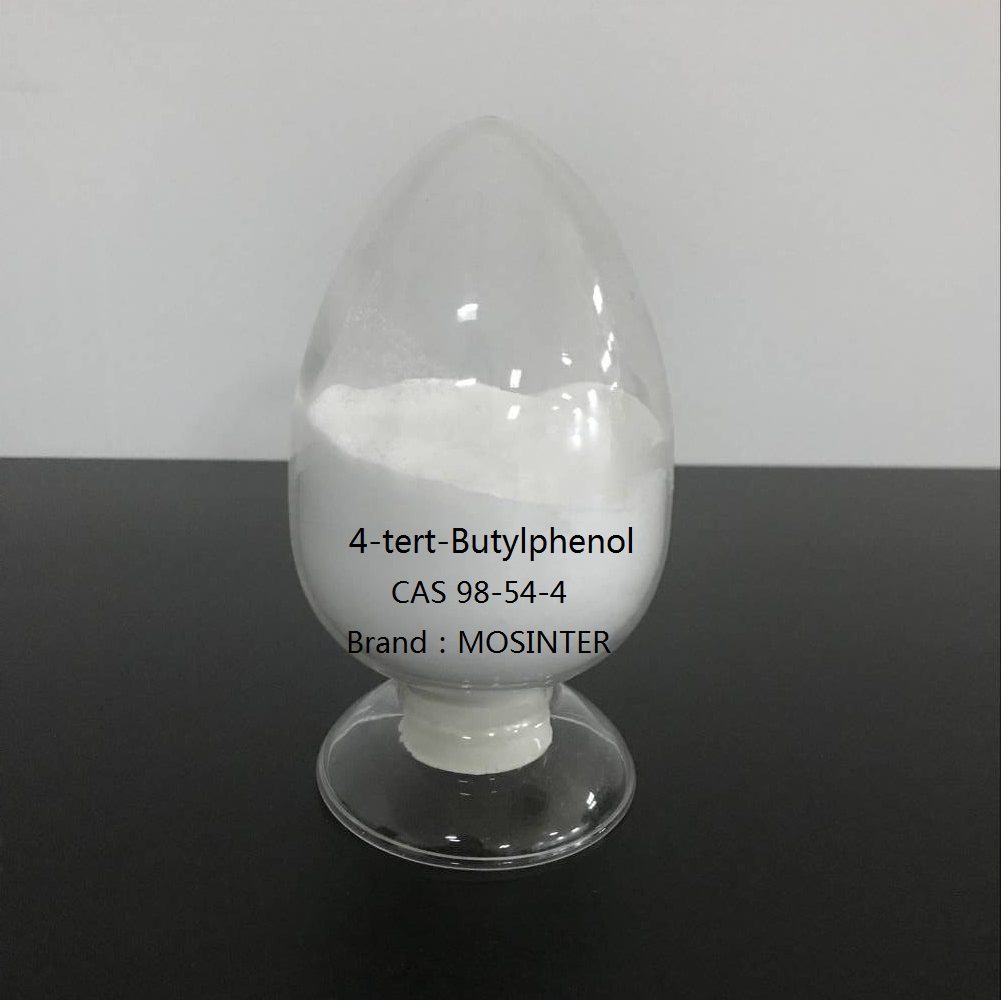
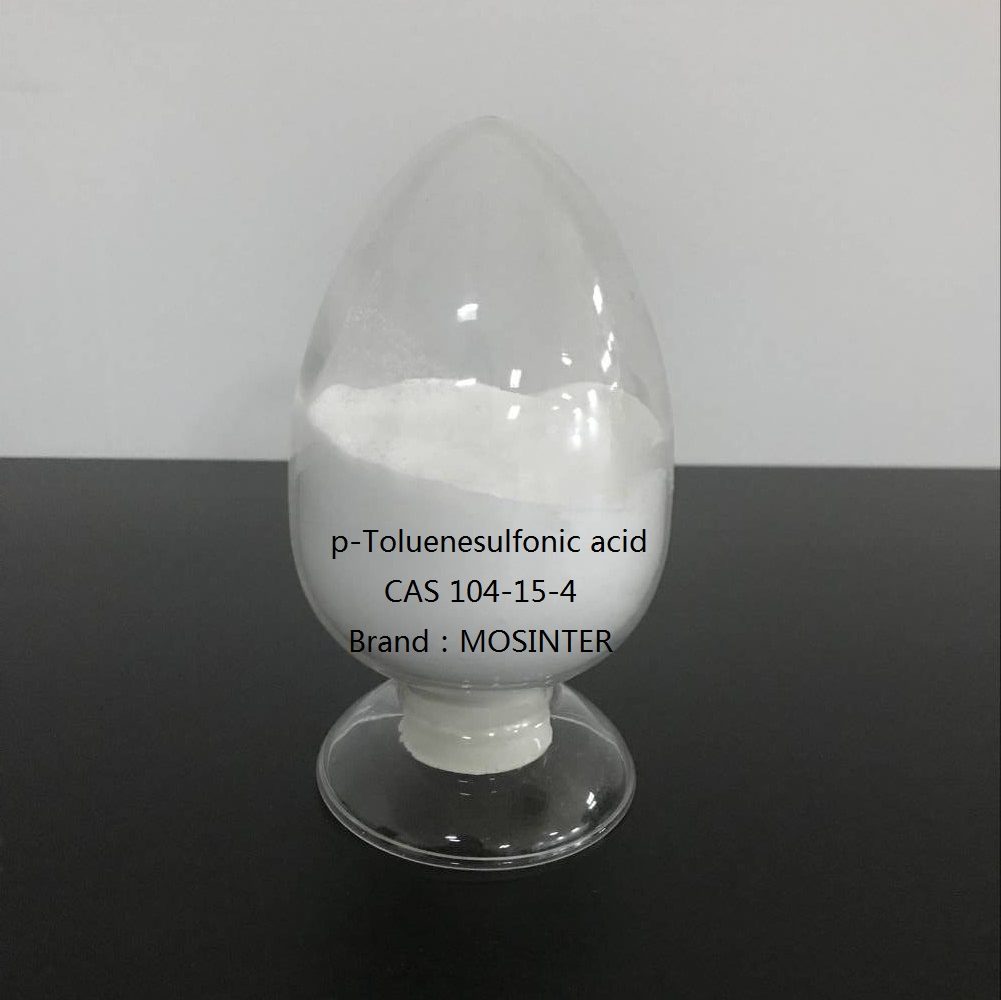
Reviews
There are no reviews yet.